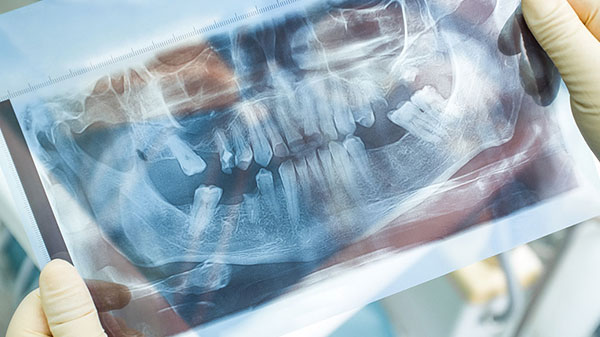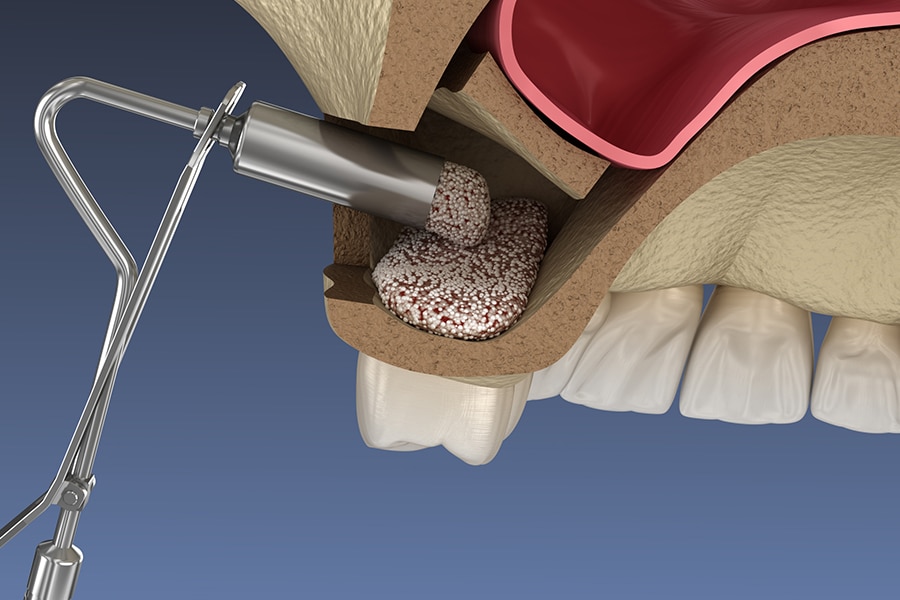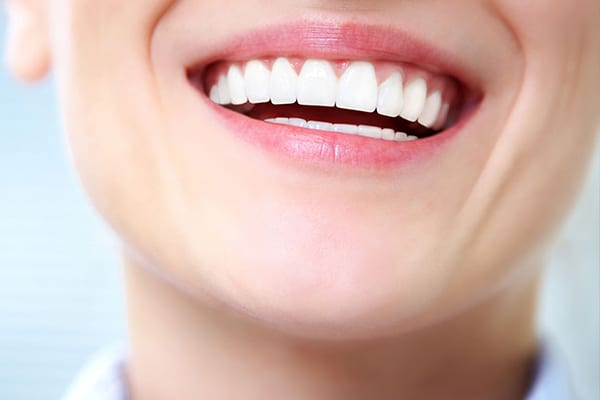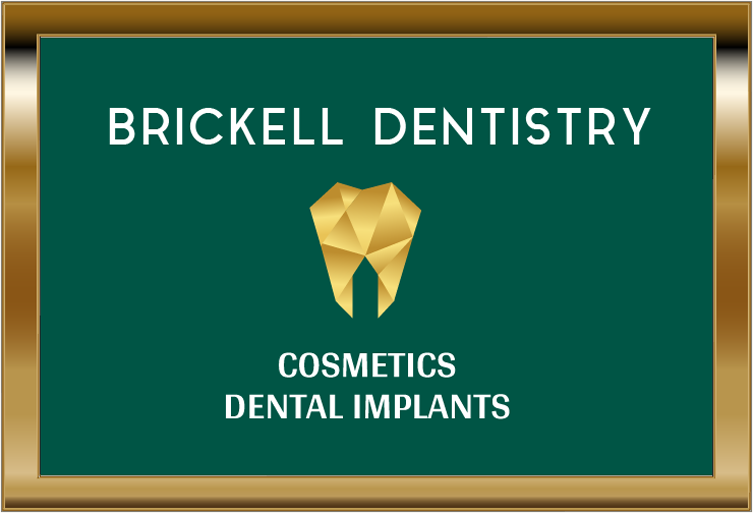Oral Surgery

At Brickell Dentistry, our expert team offers a wide range of high quality in-office oral surgical care in a familiar and friendly setting.
Dental Implants
More than replacements for missing teeth, dental implants are an important solution to restoring and maintaining your overall dental health. In addition to helping maintain and strengthen bone structure, they also protect the integrity of neighboring tooth roots and overall tooth stability.
Wisdom Teeth Removal (3rd Molars)

The last teeth to erupt, wisdom teeth usually appear between the ages of 17-25. While most people have 4 wisdom teeth, some people do not have any wisdom teeth. Wisdom teeth may only partially erupt through the gum or there may not be enough space in the mouth for them to erupt. Any wisdom tooth or teeth that are deemed problematic are normally extracted to avoid any oral complications.
Extractions
A tooth that can not be saved with restorative materials may need to be removed. To keep treatment comfortable and accessible, we are able to provide on-site extractions instead of referring patients out to an oral surgeon.
Frenectomies
2 Types of Frenectomies
Labial
A labial frenectomy is performed on the tissue that connects the lip to the gums. This may be performed on children or adults to aid with orthodontic treatment or even help with the proper fitting for a denture or appliance.
Lingual
A lingual frenectomy may also be referred to as the release of tongue-ties (ankyloglossia). This procedure is performed on the connective tissue under the tongue. The procedure is often performed on neonatal patients to assist with nursing or on toddlers or older patients who need the surgery to help correct speech issues caused by limited movement due the the frenum.
Bone Grafting

Bone grafting is the replacement or enhancement of bone around teeth. When a tooth is lost, the surrounding bone collapses. Bone grafting is performed to reverse bone loss or enhance bone. The bone can be taken from parts of the body or from synthetic material. Bone grafting allows for proper support of dental implants or prostheses.
Sinus Lifts

A sinus lift adds bone to your upper jaw in the premolar and molar areas of your mouth. To add bone, an incision is made where the premolar and molar teeth were previously located. Once the bone is exposed, a small circular shape is made in the bone to access the sinus. Once the sinus is accessed, the sinus membrane is gently pushed up and away from the upper jaw. Once this is done, bone graft material is placed into the sinus space to change the shape and provide support. Once the bone is in place, the incision is closed and the healing process begins.
Biopsies

The smooth, pink skin lining of the mouth is called mucosa. Abnormalities in the color or texture of this lining can sometimes indicate pathology. Any concerns with the skin in the mouth, a sore that is not healing properly or a lump on the inside of the cheeks, palate, gums or lips, may merit a biopsy so that the tissue sample can be tested for oral cancer. Please do not ignore these warning signs and be sure to mention any concerns you may have during your visit.
